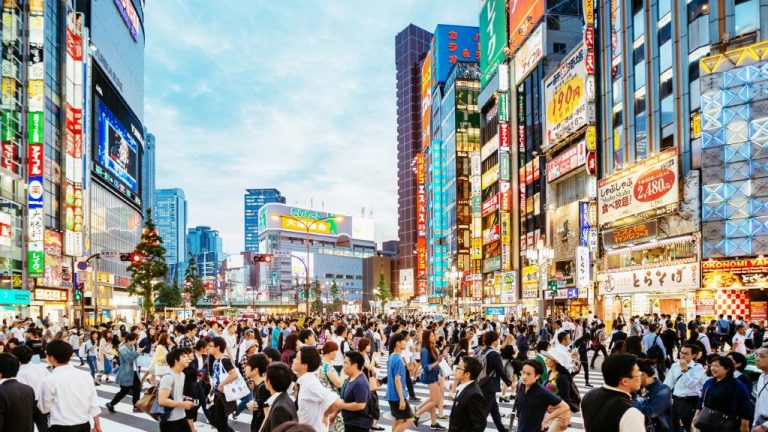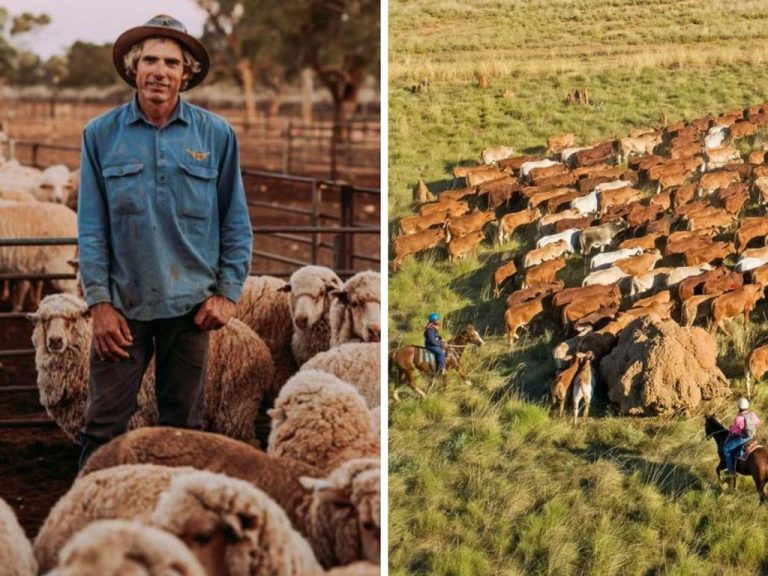Why Australia desperately needs to lift its game in providing more student housing

Australia is in the midst of a rental crisis which has seen the national vacancy rate entrenched at sub-1.5% levels for close to two years now. Migration, while by no means the only reason for the shortage of rentals, is certainly playing a part.
Australia added 659,800 people to its population over the year ending September 2023, the largest rise ever seen over a 12-month period. Given migrants are more likely to rent than own in their first five years, this has added instant pressure to the rental market and contributed to the current undersupply of overall housing.
In a bid to reduce migration and ease pressure in the housing market, the federal government has slashed the number of visas granted to overseas students looking to study in Australia.
While the decision to reduce student numbers is understandable considering the current shortage of housing, it is just one more example of the devastating consequences of Australia’s inability to build homes fast enough.
International students are integral to Australia’s economy and their presence provides a wide range of benefits. International education was estimated to contribute $36.4 billion to Australia’s economy over the 2022-23 financial year and, in 2019, supported around 250,000 jobs, according to the Department of Education.
Furthermore, analysis by NAB estimates that spending by international students accounted for over half of GDP growth in 2023 and was key in helping Australia avoid a technical recession.

A crackdown on international student numbers could cost the economy dearly. Picture: Getty
Following the government’s decision to reduce numbers there were 30% fewer student visas granted between July and December 2023 compared to the same period in 2022. This was despite a record number of students lodging applications.
For those students granted a visa, finding accommodation is a growing concern, with JLL reporting that forward booking rates have increased due to students fears of missing out.
What’s more, this shortage of housing, especially of purpose-built student accommodation (PBSA), is predicted to worsen. According to JLL Research, the mismatch between the demand and supply of new PBSA is expected to widen over each of the next five years.
Challenging conditions in the development sector more broadly are impacting the delivery of PBSA, with JLL estimating that, of all the PBSA beds in the development pipeline, less than 15% was under construction as of March.
Australia is a popular destination for international students, with nine universities ranked in the global top 100, and some of the world’s most liveable cities. In 2023, Australia ranked fifth for foreign student enrolments, according to the Institute of International Education, down from third place in 2018.
A worsening of the undersupply of PBSA, and of rental properties in general, is expected to drive up accommodation costs over the coming years. This could have implications for Australia’s competitiveness as a destination for international students and cost the country and economy dearly.







